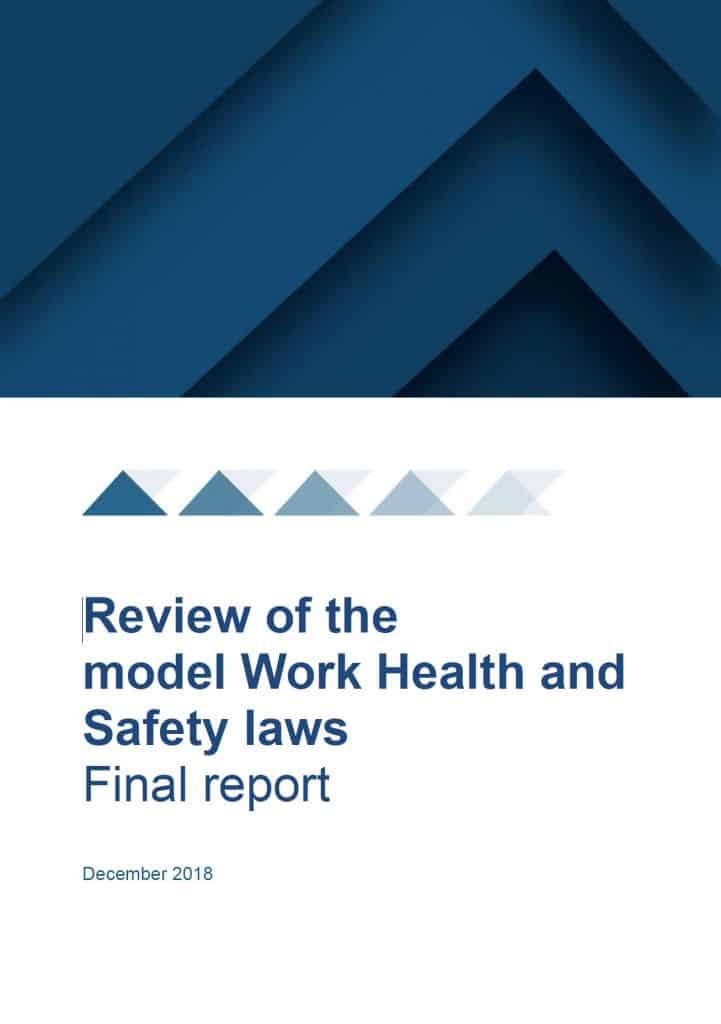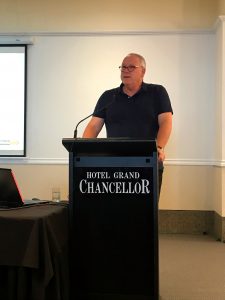
The current debate and lobbying campaigns over quad bikes in Australia have become less about safety than about product design integrity. The opposition to operator protection devices (OPDs) has been so loud that it has dominated the quad bike safety discussion. So, last week I decided to visit a local quad bike dealer to talk to the sellers not about OPDs but about Safety. I found that some vehicles have safety integrated into their design and operation.
I have learnt that the best conversations happen during the weekdays when shop assistants and managers have the time to devote to someone who may be a potential buyer but is, at least, someone genuinely interested in the product, in this case quad bikes and side-by-side (SXS) work vehicles.






 This article is part two of an edited version of a keynote presentation I made at the a special WHS Inspectors Forum organised by WorkSafe Tasmania. The audience comprised inspectors from around Australia and New Zealand. I was asked to be provocative and challenging so posed some questions to the audience about how occupational health and safety (OHS) is managed, regulated and inspected.
This article is part two of an edited version of a keynote presentation I made at the a special WHS Inspectors Forum organised by WorkSafe Tasmania. The audience comprised inspectors from around Australia and New Zealand. I was asked to be provocative and challenging so posed some questions to the audience about how occupational health and safety (OHS) is managed, regulated and inspected.